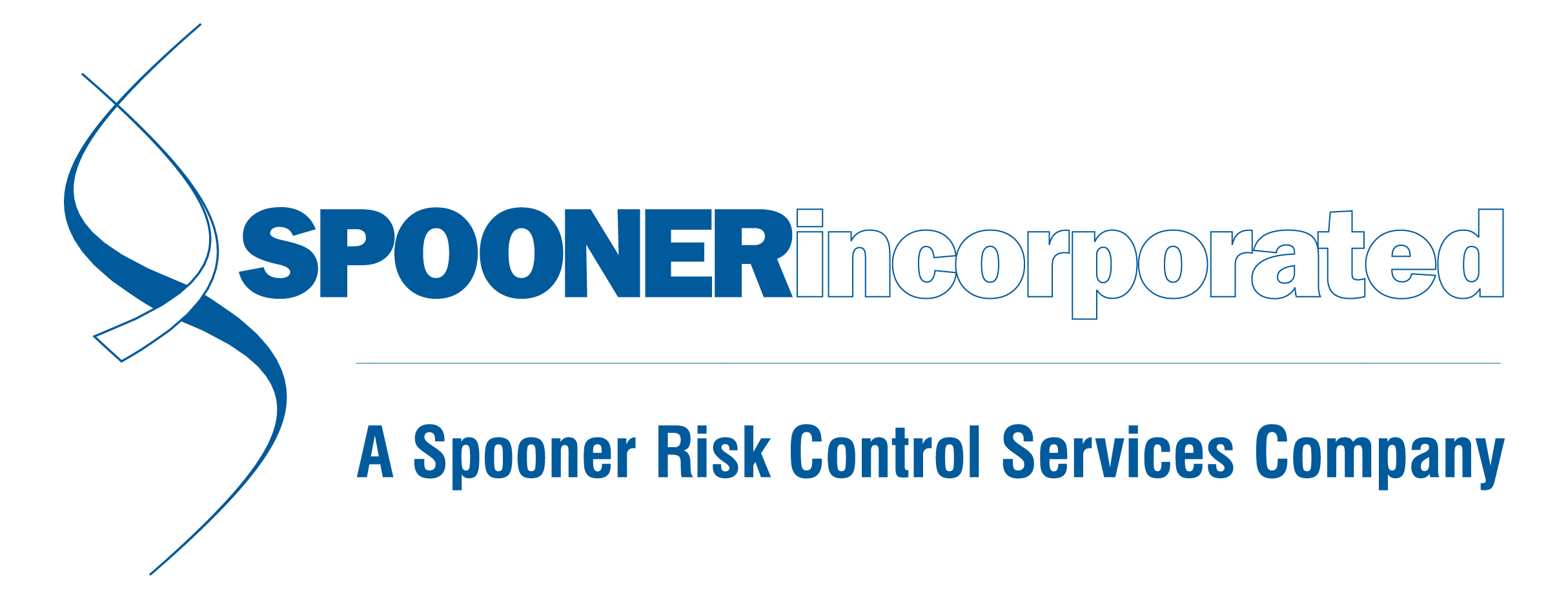News and Updates
Month: August 2023
2023 Drug-Free Safety Program Changes (Including Comparable Level)
New additional requirements for Ohio companies in Drug Free Safety Program, even at comparable level
OSHA Announces Warehousing and Distribution NEP
In July, OSHA announced the beginning of a three-year National Emphasis Program (NEP) focused on the warehousing industry. The NEP will also encompass mail and parcel processing, local delivery services, and high-risk retail workplaces. Assistant Secretary of Labor Doug Parker said in a statement that OSHA’s enforcement efforts are “designed to do one thing: lead to permanent change in workplace safety.” The agency will select establishments (based on criteria outlined in the NEP) for in-depth safety inspections that zoom in on the aspects of material handling, means of egress, powered industrial truck operations, fire protection and walking/working surfaces. The inspected establishments will be chosen from both companies with industry codes encompassed in the program, as well as retail establishments with high injury rates, especially those resulting in lost work days (high DART rates). The number of U.S. employees in the warehousing and distribution center industries has more than doubled in the last ten years, accounting for nearly two million workers across the country. A lot of that growth can be attributed to things like rising consumer demand along with Amazon’s continued growth (which was meteoric during COVID). COVID caused a surge in consumers preferring goods to be dropped at their door, which drastically increased the numbers of not only first-leg drivers, but “last-mile” drivers
August BWC Update: Program and Premium Changes for the Year Ahead
Ohio BWC will be making some changes for the 2024 policy year (beginning 7/1/24), some of which may have a small advantage for certain policyholders. Employers will still be subsidizing BWC’s administrative fund as they always have, but House Budget Bill 31 will change how the money is accounted for. Right now, state fund employers are paying base rates plus 29.01%, and that percentage is an administrative fee that goes into the fund. In the future, the admin fee will be fully baked into the base rates, resulting in rates that are roughly 20% higher. All told, employers shouldn’t see a huge difference in amounts paid to BWC. This will apply to both public and private employers, beginning on their respective 2024 policy year start dates. Another change will allow for potentially better refunds from post-policy year savings programs, like Group Retro, Safety Council, etc. In prior years, those rebates were calculated based on a percentage of “standard premium” – in other words, premiums before BWC’s 29% admin fee was tacked on. If an employer paid $50,000 in annual premium to BWC, only $35,500 if it was counted as premium that they’d be rebated on. Program credits and refunds will begin using full premium in 2024, instead of peeling off the administrative portion of premium when calculating refunds and credits. The premium dollars going into Retro consortiums will still exclude Premium Size Factor Reductions. T

